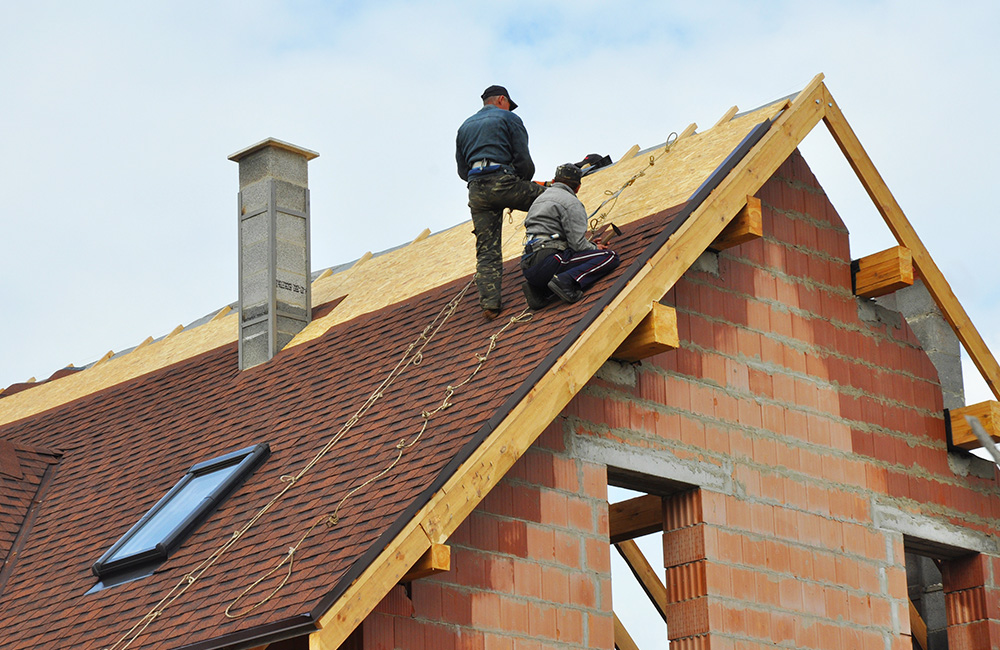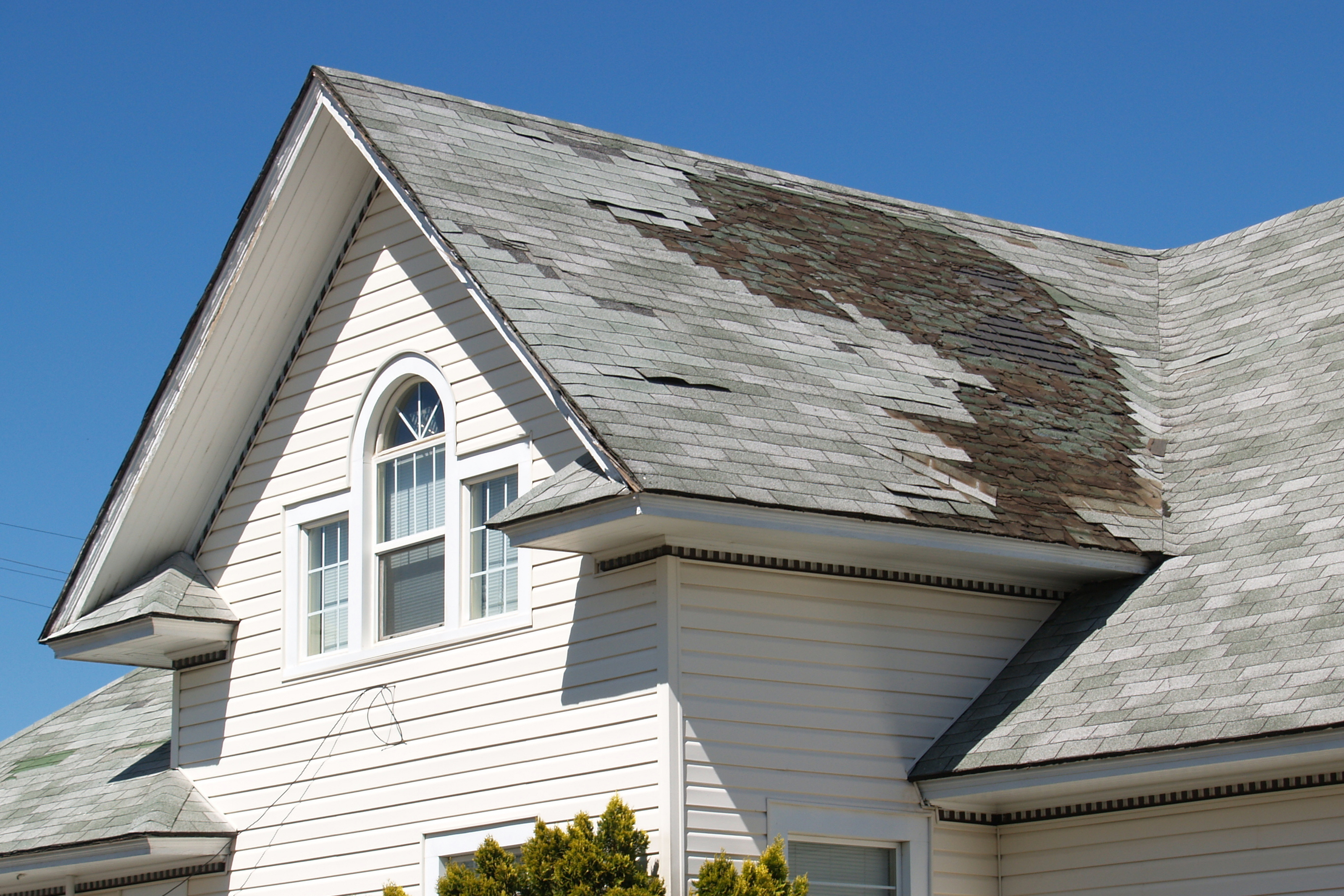Oahu Roofing: Reliable Roofing Solutions for Homes and Companies
Oahu Roofing: Reliable Roofing Solutions for Homes and Companies
Blog Article
Comprehending the Various Types of Roofs: A Comprehensive Guide for Homeowners
With a range of choices-- varying from the standard gable to the contemporary flat-- each type presents distinct benefits and challenges that must align with the home owner's environmental factors to consider and specific requirements. As we discover the intricacies of various roof covering types, it ends up being evident that one dimension does not fit all; the right option might amaze you.
Gable Roofs
Gable roofings, characterized by their triangular shape, are among the most preferred roof covering styles because of their simplicity and performance in losing water and snow. This design features two sloping sides that fulfill at a ridge, permitting reliable drain and decreasing the risk of water build-up. The steep pitch typically linked with saddleback roofs enhances their capability to handle hefty precipitation, making them suitable for different environments.
Along with their practical advantages, gable roof coverings supply visual convenience. They can be adjusted to numerous building styles, from conventional to contemporary homes. The style can additionally fit extra attributes such as dormer home windows, which improve all-natural light and ventilation in the attic room space.
In addition, gable roof coverings supply adequate room for insulation, adding to power effectiveness. Property owners can pick from a selection of roof covering materials, consisting of asphalt shingles, metal, and ceramic tiles, further improving personalization options.
Regardless of their benefits, saddleback roofs may call for additional support in areas susceptible to high winds or hefty snowfall. Generally, the gable roof covering stays a popular selection as a result of its blend of capability, toughness, and aesthetic allure.
Flat Roofs
Level roofings are usually identified for their minimal layout and functional applications, particularly in business and commercial settings (oahu roofing). These roofs include a almost horizontal or horizontal surface, which permits easy construction and flexible space application. While they may lack the visual charm of angled roofs, flat roof coverings supply countless advantages, particularly in metropolitan environments where optimizing room is vital
One of the main advantages of level roofing systems is their ease of access. Homeowners can use the roofing area for various purposes, such as roof yards, terraces, or photovoltaic panel installments. In addition, level roof coverings are normally a lot more cost-efficient to maintain and mount contrasted to their sloped counterparts, as they need less products and labor.
However, flat roofing systems do existing certain difficulties. Appropriate drain is important to avoid water merging, which can cause leaks and structural damages. Thus, selecting premium waterproofing products and normal inspections are crucial for guaranteeing long life. Usual materials made use of for level roofs consist of built-up roof covering (BUR), customized bitumen, and single-ply membranes, each offering distinct benefits. Overall, level roofings offer as a versatile and practical option for numerous home owners and organizations alike.
Hip Roofing Systems
Hip roofing systems are characterized by their sloped sides that assemble at the top, creating a ridge. This style stands out from saddleback roofs, as all four sides of a hip roofing slope downwards toward the walls, providing a more secure framework. The angle of the inclines can vary, enabling convenience in architectural aesthetic appeals and capability.
One of the key advantages of hip roof coverings is their capacity to hold up against heavy winds and damaging climate condition. The sloped surfaces make it possible for better water drain, decreasing the risk of leakages and water damage. In addition, hip roofs supply boosted attic space, which can be utilized this article for storage or even exchanged habitable areas.
However, creating a hip roof can be more intricate and pricey than less complex roof kinds, such as saddleback roofs. The additional material and labor associated with creating the inclines and making certain appropriate architectural honesty can cause greater expenditures. Regardless of these resource drawbacks, lots of property owners favor hip roof coverings for their durability, visual allure, and capacity for power effectiveness.
Mansard Roofs
Mansard roofs, typically recognized by their distinct four-sided design, function 2 inclines on each side, with the lower incline being steeper than the upper. This architectural design, originating from France in the 17th century, is not only aesthetically enticing however functional, as it optimizes the useful space in the top floors of a structure. The steep reduced incline enables for more headroom, making it a suitable choice for loft spaces or attics, which can be exchanged living areas.
Mansard roof coverings are defined by their versatility, suiting different building styles, from conventional to modern-day. They can be constructed with different products, consisting of asphalt tiles, slate, or metal, supplying homeowners with an array of alternatives to suit their choices and spending plans. In addition, the layout permits the combination of dormer windows, boosting all-natural light and air flow in the upper levels.
Nonetheless, it is necessary to take into consideration the prospective disadvantages. Mansard roofing systems may require more maintenance due to the complexity of their Full Report style, and their high inclines can be testing for snow and rainfall overflow. On the whole, mansard roofs incorporate style with practicality, making them a popular choice among homeowners looking for distinct architectural functions.
Dropped Roofing Systems
As property owners progressively seek simpleness and performance in their building layouts, dropped roof coverings have arised as a prominent selection. Defined by a solitary sloping aircraft, a shed roofing system offers a minimalist visual that complements numerous home styles, from modern to rustic.
One of the key advantages of a shed roofing system is its uncomplicated building, which usually equates to decrease labor and material prices. This style enables efficient water drainage, reducing the danger of leaks and water damages. Additionally, the vertical incline offers enough room for skylights, enhancing natural light within the inside.
Shed roofs also provide flexibility in terms of usage. They can be successfully integrated into additions, garages, or exterior structures like pavilions and sheds. Additionally, this roofing style can fit different roofing materials, including steel, asphalt shingles, or perhaps environment-friendly roofs, lining up with eco-friendly initiatives.
However, it is essential to take into consideration regional environment problems, as heavy snow lots might necessitate adjustments to the roofing system's angle or structure. Overall, dropped roof coverings offer a functional and visually pleasing choice for homeowners wanting to make best use of performance without jeopardizing style.
Conclusion


Gable roof coverings, defined by their triangular shape, are amongst the most popular roofing styles due to their simpleness and efficiency in shedding water and snow. oahu roofing. The high pitch commonly connected with gable roof coverings boosts their ability to manage hefty rainfall, making them appropriate for different environments
While they may lack the aesthetic charm of pitched roof coverings, level roofs use numerous advantages, particularly in urban settings where making best use of area is vital.

Report this page